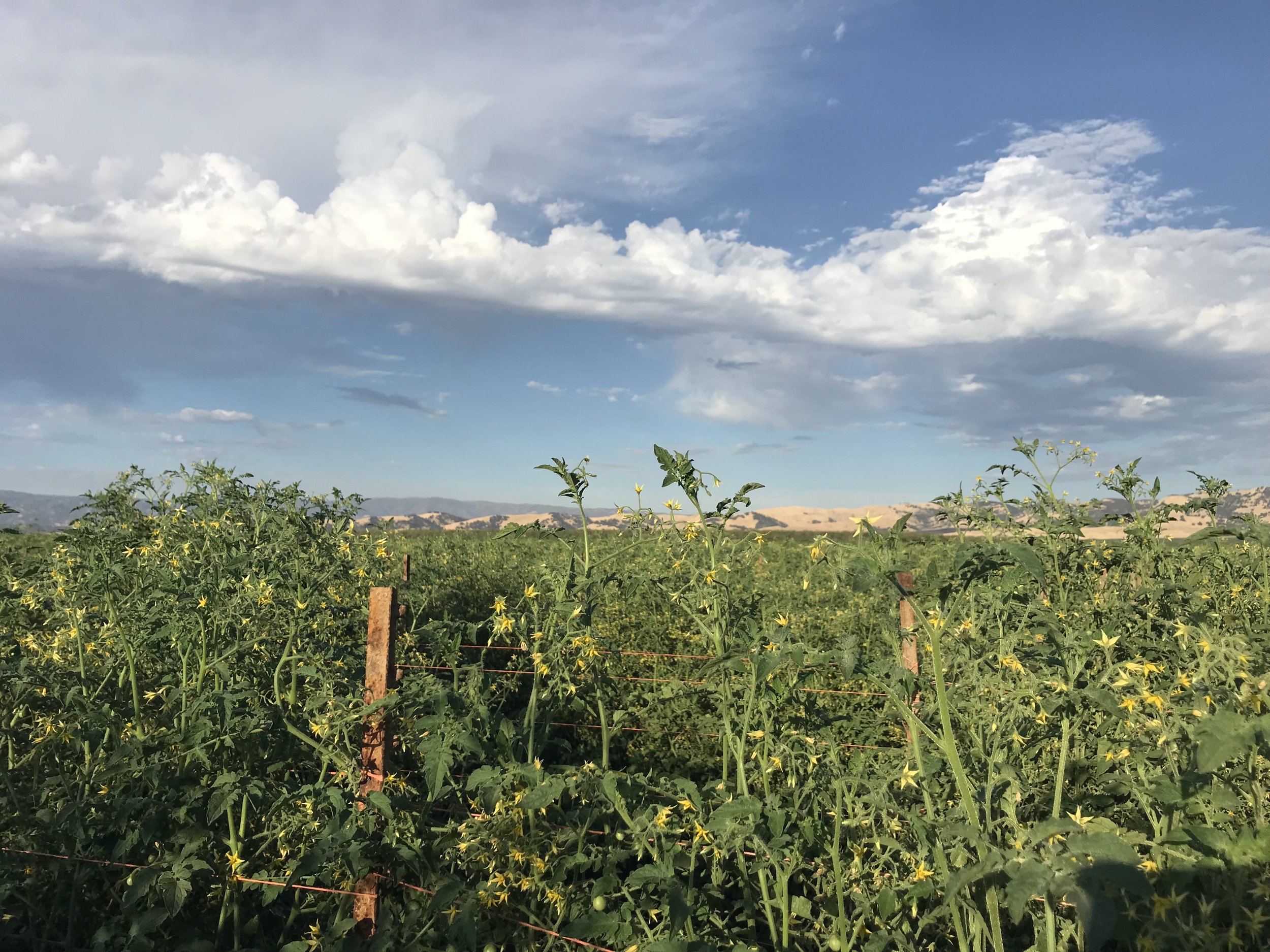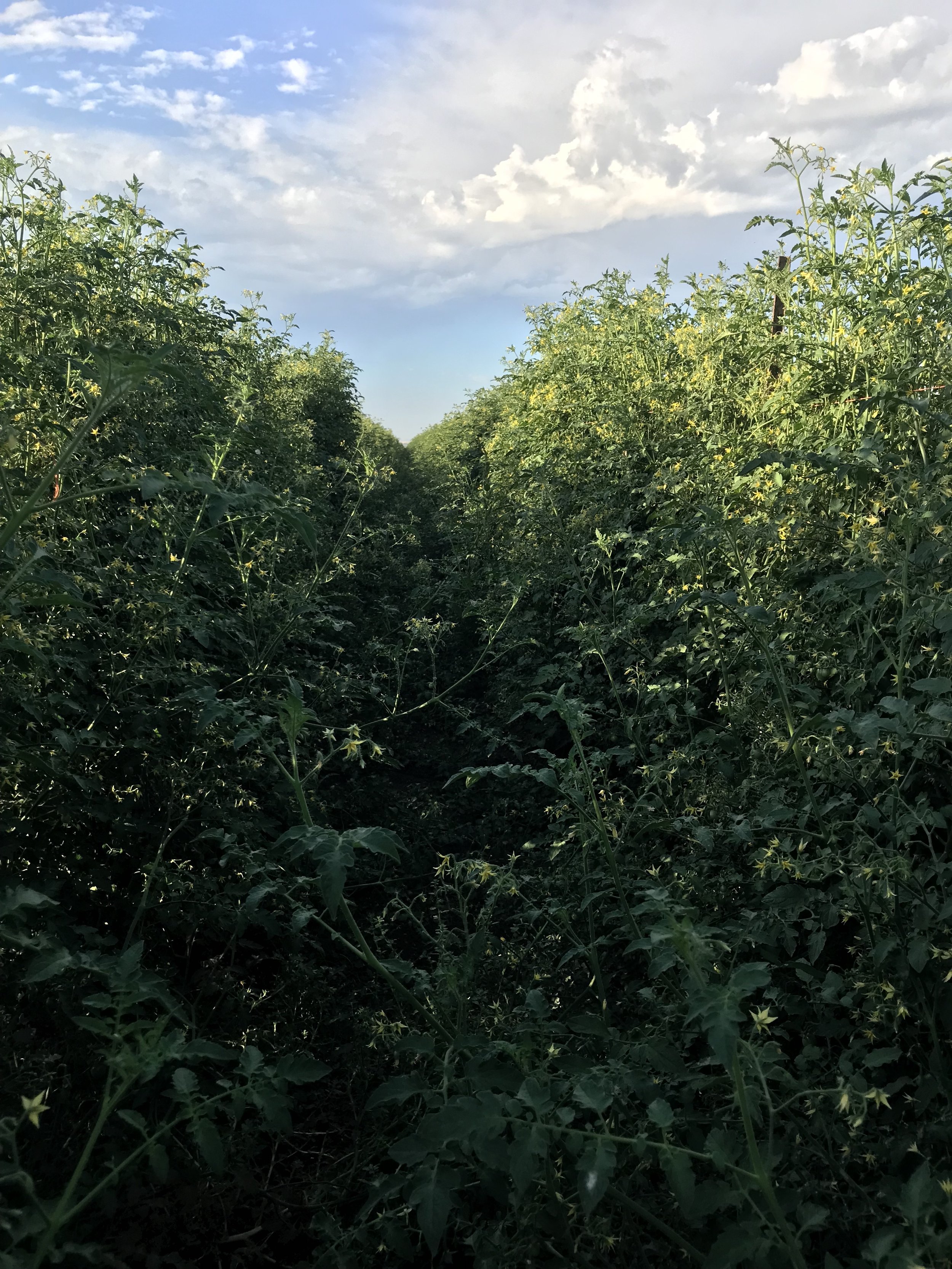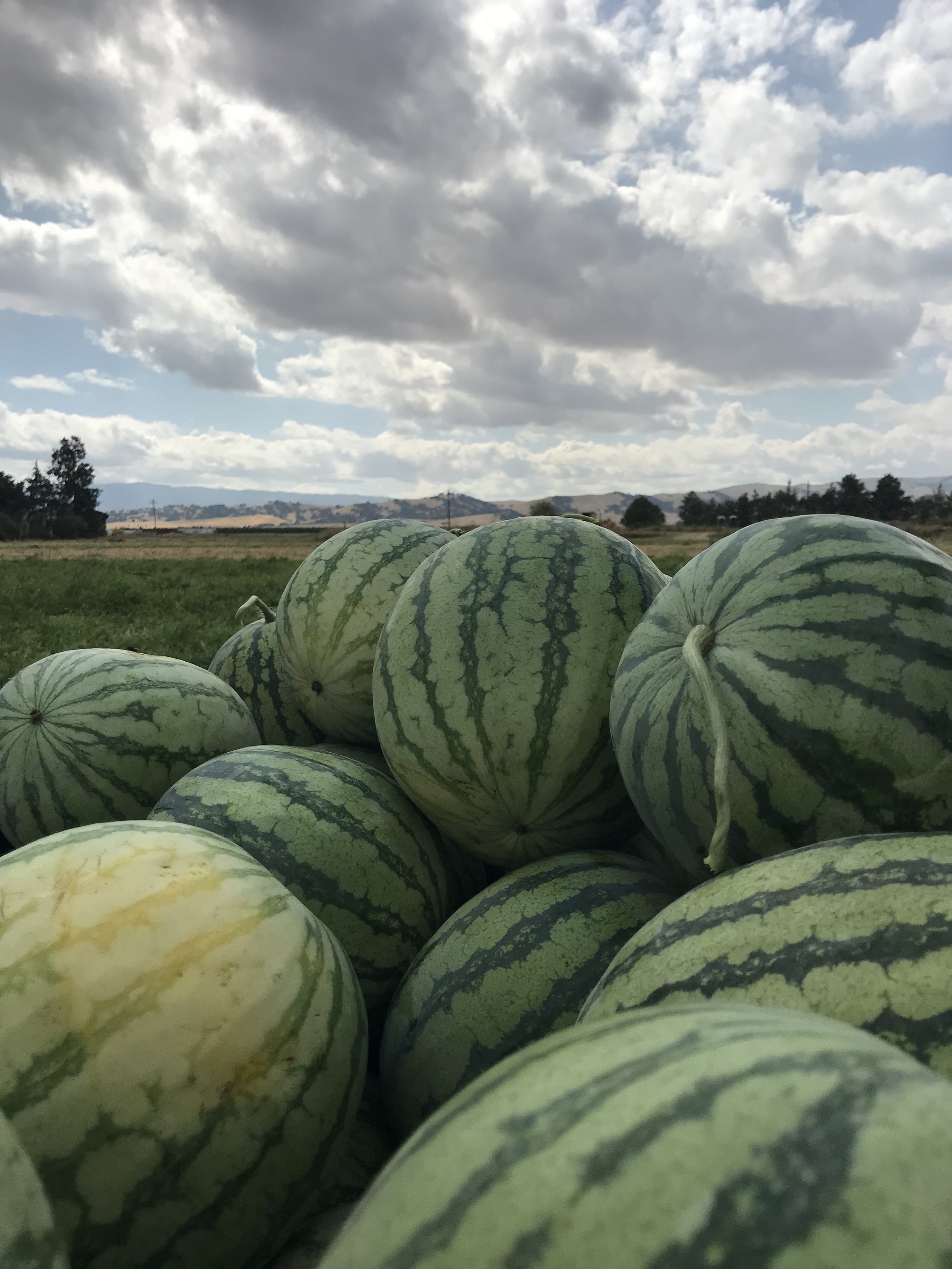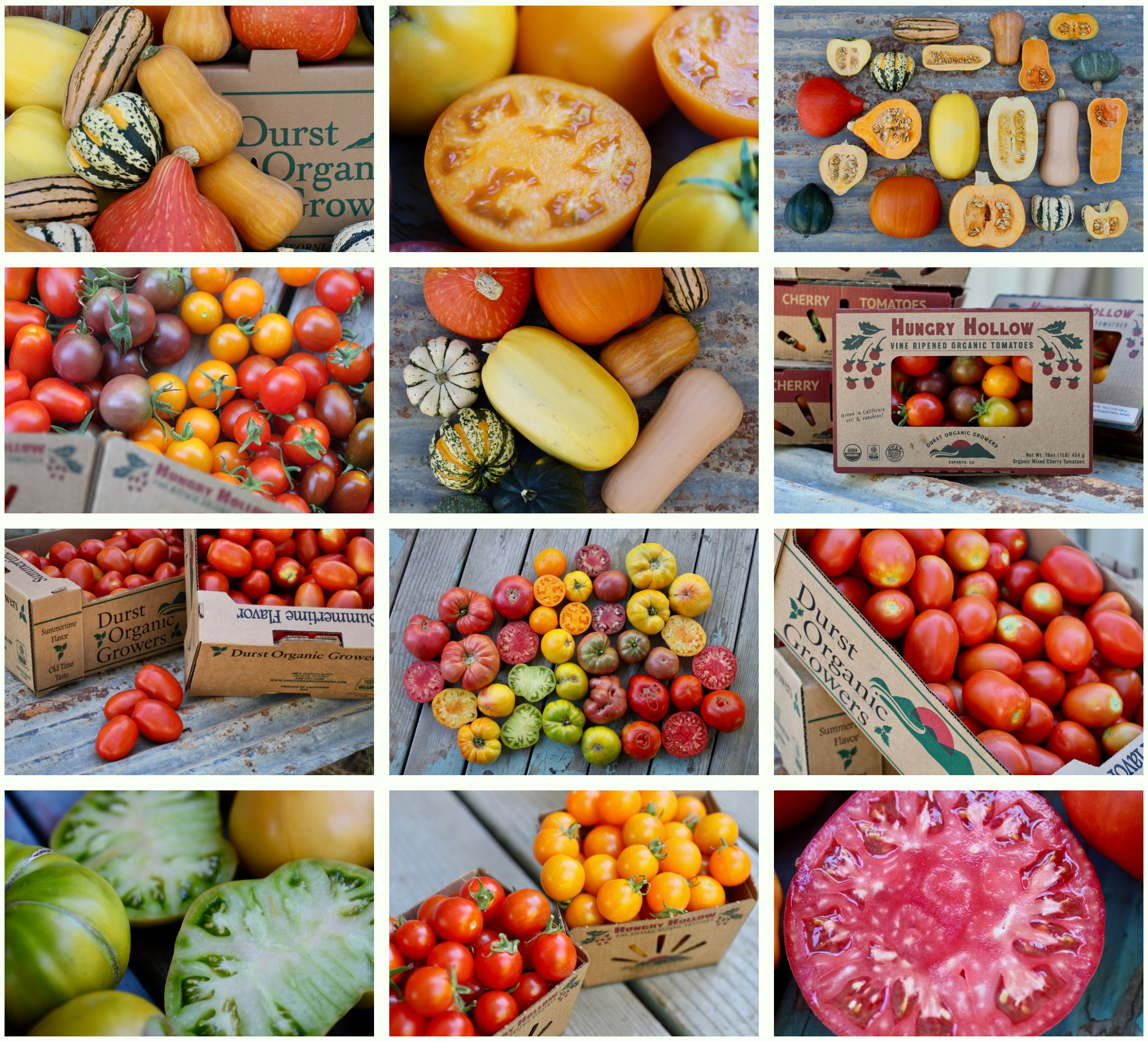Hungry Hollow Happenings: September 2023
While Labor Day may mark an end of summer for some, we generally look towards the crops to let us know when seasons end. September is a transitional period where summer and fall blend together, the seasonal crops and activities overlapping. Whether it’s “late summer” or “early fall,” the between time is full of excitement as we begin harvesting winter squash (also known as hard squash), officially finish with watermelon (but then continue to bring in smaller harvests from our grafted plants that are still somehow looking great), continue on with harvesting tomatoes (while starting to take down early plantings), and begin planting for fall (true fall, that is).
The days are getting noticeably shorter – a shift that, in fact, starts as soon as technical summer begins on the solstice.
A welcome chill and heavy dew begin to greet us in the morning air. By afternoon we still feel the intensity of summer sun as temperatures rise up into the 90s, allowing us to continue to enjoy the last tastes of summer. I say, “last tastes,” but really we’ve got over a month remaining of tomato harvest if this year follows similar patterns of years past.
Tomato harvest, for us, typically finishes at the end of October when the first frosts damage the plants and remaining fruit. We plant our tomatoes in “successions.” Succession planting ideally gives us a steady flow of good quality fruit to harvest throughout the growing season. By having multiple successions of plantings, planted several weeks apart, we can extend the harvest window for the crop by moving through plantings as earlier plantings become exhausted. Typically we plant five successions, starting in March and finishing in June, spacing them apart by about 3 weeks.
Due to the indeterminate nature of the tomatoes we grow, each planting offers a continuous supply of fruit (until their vitality begins to wane). That being the case, you might wonder why we plant so many successions of them. While we could have a continuous harvest off of just one planting, the quality of the fruit and ease of harvest does decline as the plant ages (due to stress, pest build up, disease pressure, etc.), so it’s easier for us to move into younger plantings to maintain quality, size, and optimum flavor. This also gives us a little “insurance” in that if one planting has some setbacks or failures, we still have four others to rely on so it wouldn’t be a completely lost season. Generally, there is some overlap and we can harvest from two (or three) plantings at a time before moving on to the next and dropping the last. Right now, we are harvesting primarily from the 4th planting, a little from the 3rd, just starting on the 5th, and today we even pulled a few from the 1st (!). When the plants slow down their production, as they days shorten and nights cool, it is very helpful to have all these different plantings to keep our harvest yields steady.
Succession planting is not just for tomatoes. With the exception of asparagus (which is perennial) all of our fresh market crops are planted with some type of succession plan that differs based on the crop’s unique growing habits, as well as our harvest needs. We plant our watermelon in 10+ plantings, once a week for 10 weeks, and when harvest begins, we move through them almost weekly (the grafted plants behave differently, so we only had 3 plantings for those – an experiment still in process!). Winter squash, on the other hand, is usually planted in just 2-3 larger plantings that are spaced a little farther apart.
The winter squash harvests have a slightly less frantic energy to them than the watermelon. Once fully ripened, the winter squash fruit can lie in the field longer than other crops without being damaged (after they’ve been cut from the plant, the fruit actually benefit from “curing” time in which the starches transform into sugars and the stems dry down). They do need to be harvested before the first hard frost since frost can damage the fruit. Our biggest issue with leaving the squash in the field is sunburn (and pests). If exposed to our intense late summer sun, the fruits develop sunburn spots, making them less marketable.
This year we’re growing butternut, spaghetti, and sugar pie pumpkin (as always) in addition to smaller quantities of green acorn, delicata (a variety called honeyboat), mini kabocha, red kuri, carnival, and sweet dumpling. We’ll be selling them in mixes and in single variety cases or bins.We hope you can find them at your local stores and try a few!
For some fun late summer seasonal cooking, try grilling some winter squash – maybe paired with some tomatoes?
Recipes We’re Loving:
We put together a list of recipes featuring tomatoes and/or winter squash that we’ve either tried and loved (many times), or can’t wait to make as we savor the last of the summer and ease into fall. I think you’ll find at least one that’s calling to you — if you do, give it a try and let us know how it tastes!
Tomato & Winter Squash Recipe Roundup
These recipes featuring tomatoes and winter squash (sometimes both!) are sure to help you savor the last of summer, while easing into fall.










